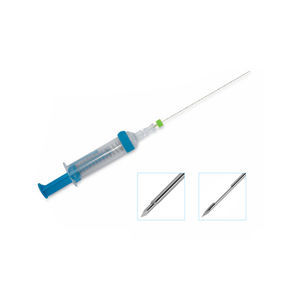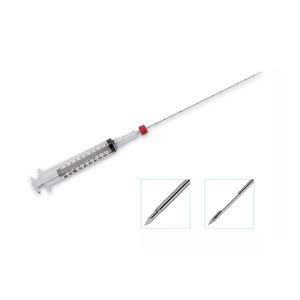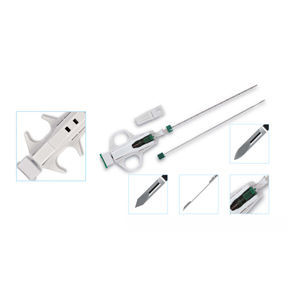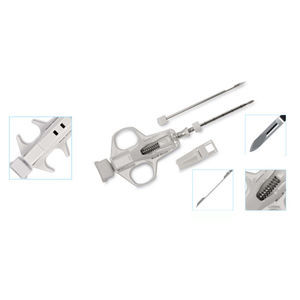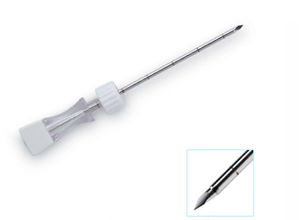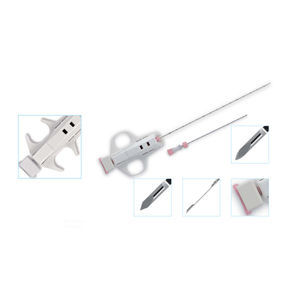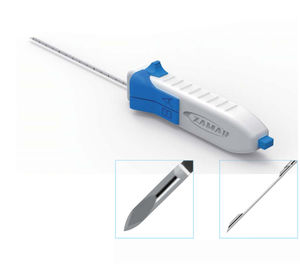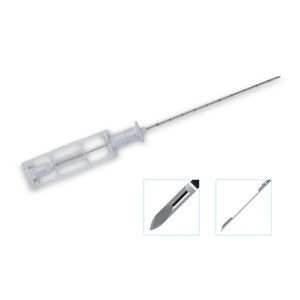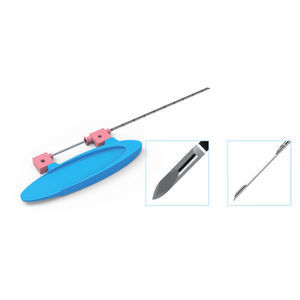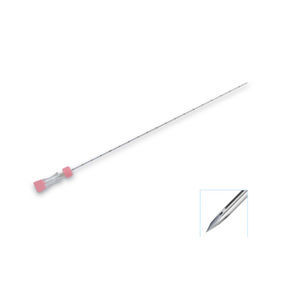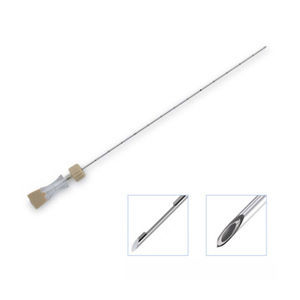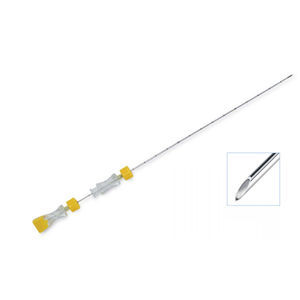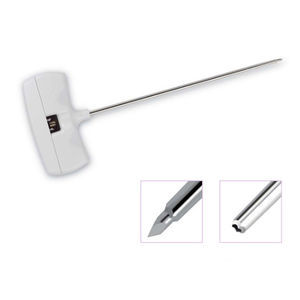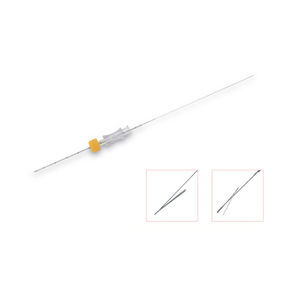

- Products
- Catalogs
- News & Trends
- Exhibitions
Histological biopsy needle EXPLORAChibaechogenic18G


Add to favorites
Compare this product
Characteristics
- Applications
- histological biopsy
- Needle type
- Chiba
- Options
- echogenic
- Diameter (gauge)
- 18G, 20G, 21G, 22G, 23G, 25G, 19G, 17G
Description
In 1883., Paul Ehrlich performed the first liver aspiration biopsy. Afterwards the technique has been applied also to other organs to determine the nature of the collected cells (inflammation, infection, tumor). Nowdays the most common cytological needle is "Chiba needle", which has been developed around the year 1966. by Kunio Okuda and his Chiba University assistants to perform a percutaneous cholangiography. The same kind of needle is used to perform prenatal diagnosis procedures.
Aspiration Chiba type needle
Chiba type needle tip, depth marks on the cannula, depth stopper and Luer Lock hub. Extractable whistle stylet point, perfectly coupled with needle tip Echogenic marker: inner
PRECAUTIONS
The procedure described is for guidance only. Each physican must, of course, evaluate the appropriateness of the procedure based on their clinical training experience and on the type of procedure to be performed. The needle must be used only once. Zamar subtract itself from any responsability in the event the needle is reused more than once.
DIRECTIONS FOR USE
1. Set the needle depth marker and guide the needle to the lesion.
2. Withdraw the stylet from needle.
3. Perform the biopsy either with a tubing section attached between the spring and the needle or with the syringe joined directly to the needle.
4. Aspirate.
Catalogs
No catalogs are available for this product.
See all of Zamar Therapy‘s catalogs*Prices are pre-tax. They exclude delivery charges and customs duties and do not include additional charges for installation or activation options. Prices are indicative only and may vary by country, with changes to the cost of raw materials and exchange rates.


